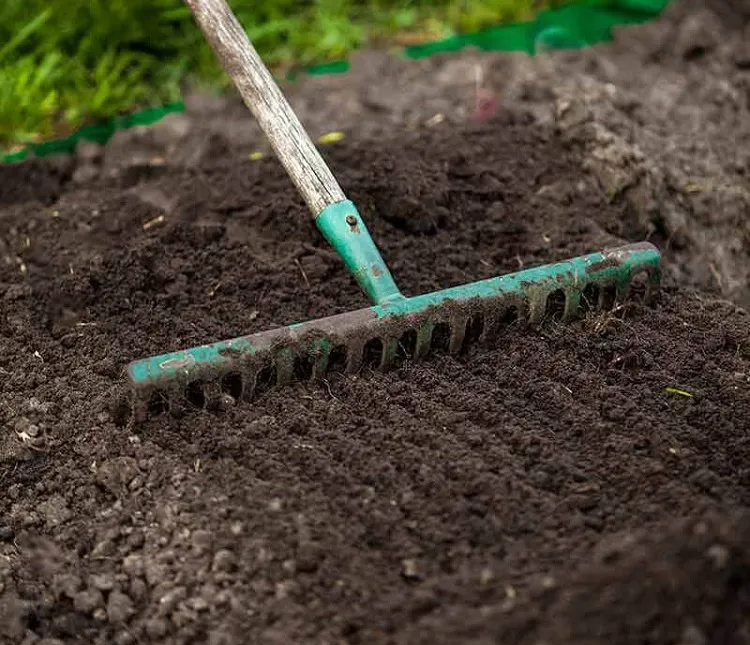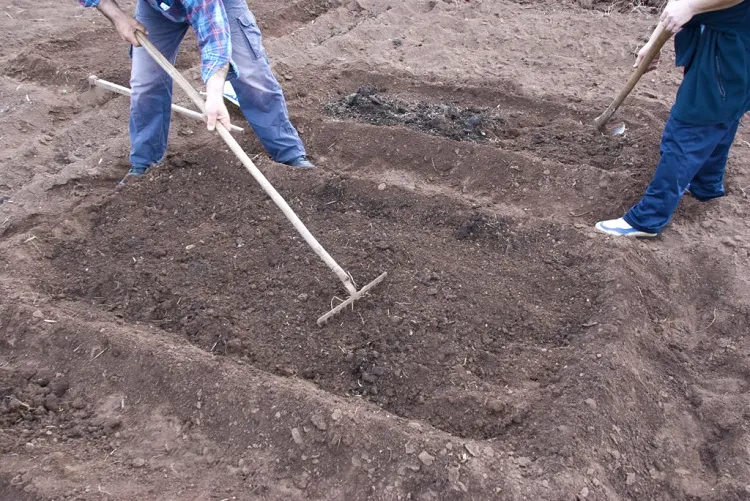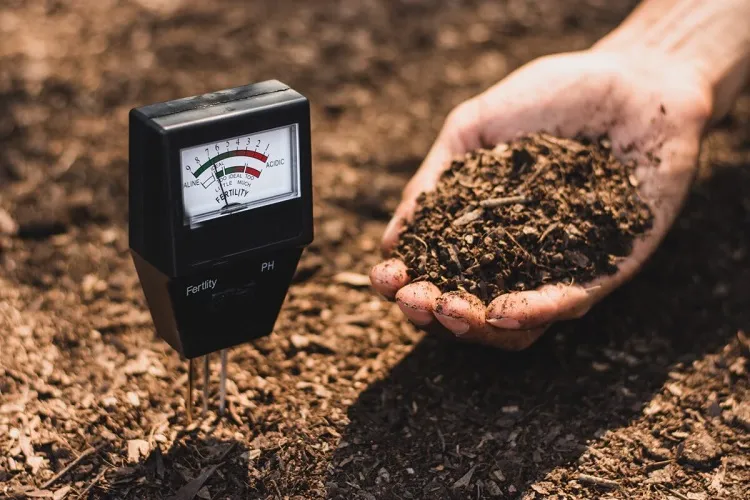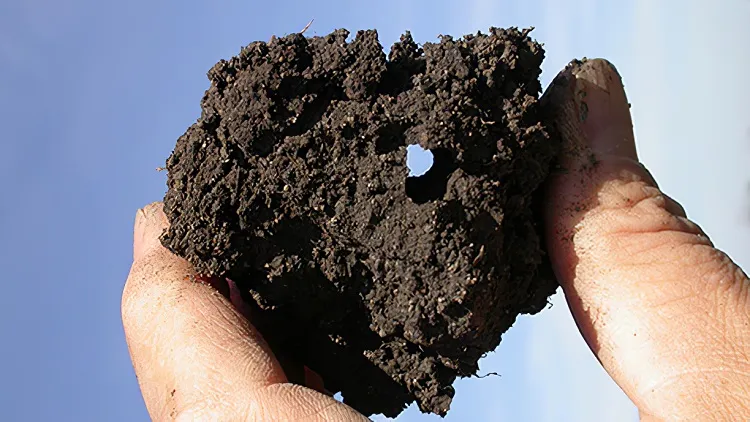Fall is a fundamental time in the agriculture calendar, when proactive gardeners prepare their soil for the dormant plant winter months ahead and set the garden beds for active spring growth. What strategy to follow to prepare garden soil for fall successfully? Which fertilizer techniques to choose for a future fruitful and flourishing development?
Fall Garden Soil Preparation
As the bright colors of summer fade into the fiery hues of autumn, it’s time for gardeners to move their attention from taking care of flourishing plants to preparing the soil for the upcoming spring. Fall is an important time to transform your garden soil so that it to be in the best condition, getting ready for the future wealthy growing. What are the necessary steps for the garden soil to get ready for fall?:
- Clearing from plant particles: Prior to think about how to get ready the soil for the coming seasons, remove from garden any dried plants, fallen leaves, and debris. This allows to eliminate possible diseases and pests, stopping them from surviving over the winter.
- Soil composition test: Make a soil test to know its elements and nutrients content. This knowledge is important for deciding which special amendments you should add to it. Soil tests are often existing in the local agricultural extensions.
- Add amendments: Nurture your soil with the necessary nutrients and organic substances, based on the test results. The best additives to improve soil structure in autumn are compost, well-rotted manure, and cover crops.
- Tilling and aeration: Till and slightly aerate the soil to split the compacted formations and enhance its texture. This action is beneficial for bettering the water drainage and root development.
- Mulching: Add a layer of mulch to stop the erosion of the soil and protect from low temperatures during the colder months. This also helps in retaining moisture and inhibiting weeds growth.
- Defending soil structure: To protect soil from erosion by heavy rains, ice and melting snow, think of planting cover crops like winter rye. These plants hold the soil together with their dense roots, while also incorporating organic matter in it when they’re tilled back into the soil in the spring.
Do I Need to Fertilize in the Fall?
Fertilizing in the fall is really useful, being a significant part of the conception of how to prepare garden soil for fall, but now it requires a different approach compared to other seasons. Instead of foster vigorous development, fall fertilization intends to strengthen plants for the coming winter and help for a strong root development:
- Select the proper fertilizer: You should search for a balanced, slow-release fertilizer with an enhanced potassium content. Potassium is beneficial in reinforcing plants’ protection against low temperatures and disease.
- When to nourish plants: Fertilize around 4–6 weeks before the first frost. This gives plants the needed time to uptake nutrients before they enter a period of dormancy.
- Do not use nitrogen-rich ones: High-nitrogen fertilizers should not be applied in the fall, as they can force new growth that is sensitive to frost damage.
- Apply lightly: Apply the fertilizer lightly and evenly over the soil. Avoid too much application, as this can reason a nutrient runoff and water pollution.
How to Prepare Garden Soil for Fall Before the Spring Planting?
Fall’s cool may fail the end of the plants season, but it also signs the start of a strategic soil work for ensuring well developing spring plants. By undertaking given steps in the autumn, you can have a fruitful or wealthy flowering garden, which will meet the growing potential of spring openly:
- Clear up garden beds: Take away any dry plants and debris to eliminate causes of disease and pest, preventing from carrying them over to the next season.
- Grow cover crops: As written earlier, growing cover crops like clover or winter rye is essential if you want better protection for the soil, to enhance its structure, and cease weed from growing. This greenery can be mixed into the soil in the spring to bring organic stuff.
- Add Compost: Apply compost into the soil during the early autumn. It will bring to the soil nutrients, bettering its structure, and the moisture retention.
 Mulch for protection from cold: Place a solid layer of mulch than usual before the winter comes. This stable layer will serve as an insulation for plant roots from unfavorable temperature changes.
Mulch for protection from cold: Place a solid layer of mulch than usual before the winter comes. This stable layer will serve as an insulation for plant roots from unfavorable temperature changes.- Planing garden beds: Use the early autumn to lay out the future spring garden beds. Think about where to make plant placement, what will be the spacing, and, of course, which plants you’ll grow. This careful planning adjusts the ground for a skillfully organized and attractive garden.
- Soil coverage: It’s good to make a protection before the beginning of winter, by covering your garden beds with burlap or a similar material against harsh weather and to stop possible soil erosion.





